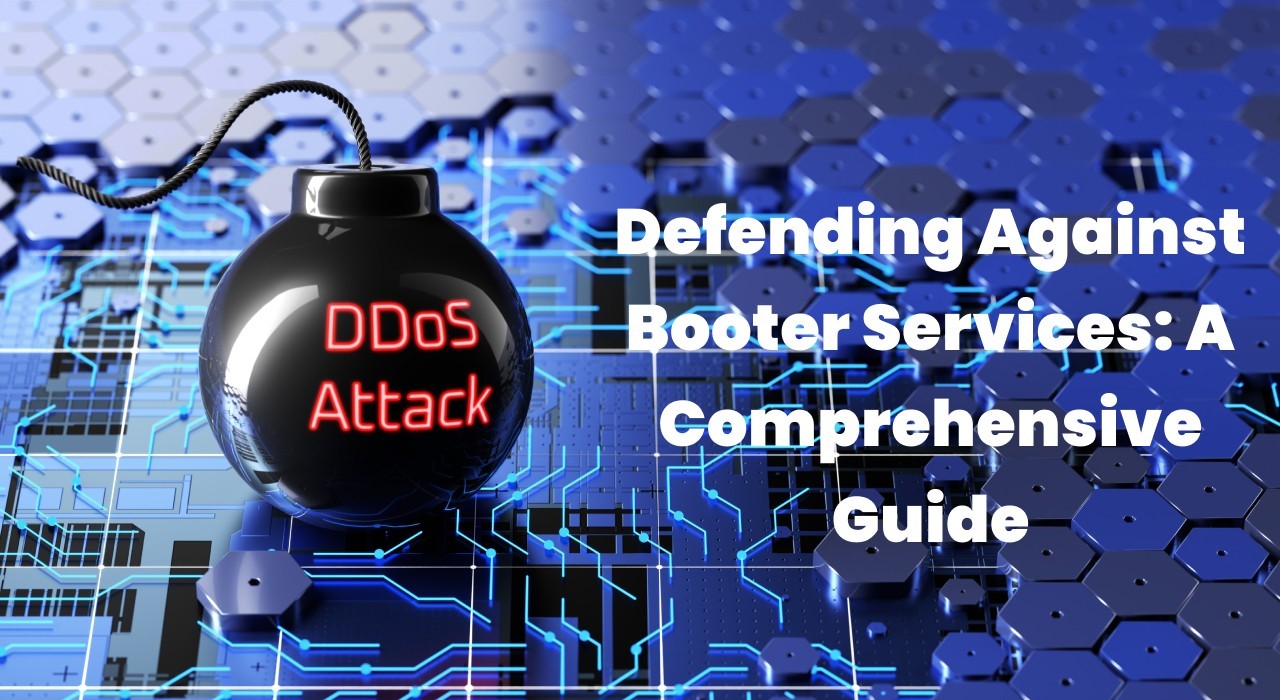Introduction to Booter Services
The rise of booter services has emerged as a significant concern in the realm of cybersecurity. These services, often marketed under the guise of legitimate tools for network stress testing, have increasingly been utilized for malicious purposes, particularly Distributed Denial of Service (DDoS) attacks. The allure of these services lies in their ability to overwhelm targeted networks and systems with a flood of traffic, causing disruptions and potential damage. Understanding the rise of booter services, their implications for cybersecurity, and effective prevention strategies is essential for mitigating their impact.
How Booter Services Work
Booter services, also known as stressors, operate by leveraging botnets—networks of compromised computers or devices controlled remotely. These botnets generate large volumes of traffic directed at a target, effectively overwhelming its bandwidth and rendering its services inaccessible. The technical mechanisms behind booter services involve exploiting vulnerabilities in network protocols and using amplification techniques to magnify the impact of the attack. This combination of factors makes it challenging for targets to defend against and recover from such attacks.
The Appeal of Booter Services
The increasing popularity of booter services can be attributed to their perceived ease of use and accessibility. Many of these services are marketed as tools for network administrators to test the robustness of their systems. However, the same features that make them useful for legitimate testing also make them attractive to malicious actors. With user-friendly interfaces and low cost, these services can be easily accessed and used by individuals with limited technical expertise to launch disruptive attacks.
Legal and Ethical Implications
The use of booter services raises serious legal and ethical concerns. In many countries, launching a DDoS attack is considered a criminal offense, and the use of booter services for such purposes is illegal. Despite this, the anonymous nature of these services often makes it difficult to trace and prosecute offenders. The ethical implications are also significant, as the disruption of services and potential harm caused by these attacks can have far-reaching consequences for both individuals and organizations.
Impact on Businesses and Individuals
The consequences of a successful attack facilitated by a booter service can be severe. For businesses, the impact includes financial losses due to downtime, damage to reputation, and the costs associated with mitigating and recovering from the attack. Small businesses and individuals, particularly those operating online services or e-commerce platforms, can experience significant disruptions that affect their operations and customer trust. The ripple effects of these attacks underscore the importance of proactive measures in safeguarding against potential threats.
Effective Prevention Strategies
Preventing and mitigating the impact of booter services requires a multi-faceted approach. One of the most effective strategies is to implement DDoS protection services that can absorb and filter malicious traffic before it reaches the target. Additionally, maintaining up-to-date software and hardware, employing network monitoring tools, and developing a comprehensive incident response plan are crucial. Regular security audits and vulnerability assessments can help identify and address potential weaknesses in the network infrastructure.
The Role of Education and Awareness
Education and awareness play a critical role in combating the threat posed by booter services. Informing individuals and organizations about the risks associated with these services and promoting best practices for cybersecurity can enhance overall resilience. Workshops, training sessions, and online resources dedicated to cybersecurity can equip users with the knowledge and tools needed to protect themselves. By fostering a culture of vigilance and proactive security measures, the impact of booter services can be effectively mitigated.
Future Trends and Emerging Threats
As technology continues to advance, the tactics and tools used by cybercriminals are evolving. The rise of booter services is part of a broader trend towards increasingly sophisticated cyber threats. Emerging technologies, such as artificial intelligence and machine learning, may further enhance the capabilities of these services, making them even more challenging to defend against. Staying informed about these developments and investing in cutting-edge security solutions will be essential for maintaining a robust defense against evolving threats.
Conclusion
The rise of booter services presents a significant challenge to cybersecurity, with their ability to disrupt services and cause damage through DDoS attacks. Understanding how these services operate, their legal and ethical implications, and the impact on businesses and individuals is crucial for developing effective prevention strategies. By implementing robust security measures, promoting education and awareness, and staying abreast of emerging threats, users can better protect themselves from the dangers posed by booter services. The ongoing battle against cyber threats requires vigilance, adaptability, and a commitment to maintaining a secure digital environment.





